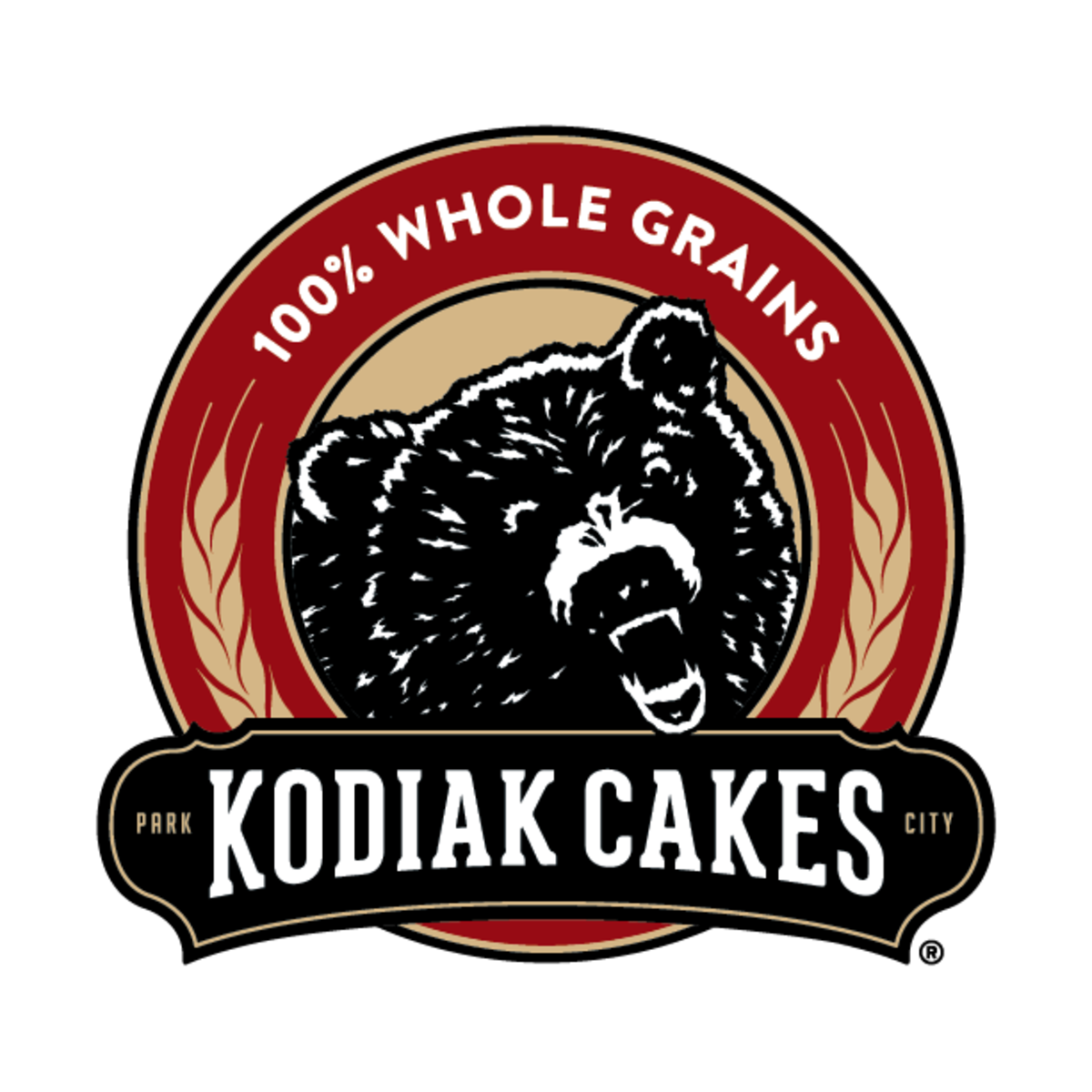Rogue River is a city in Jackson County, Oregon, United States. As of the 2020 census the population was 2,407.
History
The settlement was known as "Woodville" for many years, but was changed to "Rogue River" about 1912. The Woodville post office operated from 1876 until 1912, when the name was changed to Rogue River.
Geography and climate
The city of Rogue River is in western Jackson County, on the north side of the Rogue River. Interstate 5 passes through the south side of the city, running along the north bank of the river. Access is from Exit 48 (Depot Street). I-5 leads west (northbound) 9 miles to Grants Pass and southeast 20 miles to Medford, the Jackson county seat.
According to the United States Census Bureau, the city of Rogue River has a total area of 0.97 square miles, all of it land.
2010 census
As of the census of 2010, there were 2,131 people, 1,054 households, and 539 families living in the city. The population density was 2,196.9 inhabitants per square mile. There were 1,160 housing units at an average density of 1,195.9 per square mile. The racial makeup of the city was 93.3% White, 0.8% African American, 1.2% Native American, 0.4% Asian, 2.1% from other races, and 2.2% from two or more races. Hispanic or Latino of any race were 5.3% of the population.
There were 1,054 households, of which 21.9% had children under the age of 18 living with them, 37.6% were married couples living together, 9.7% had a female householder with no husband present, 3.9% had a male householder with no wife present, and 48.9% were non-families. 43.8% of all households were made up of individuals, and 27.4% had someone living alone who was 65 years of age or older. The average household size was 2.02 and the average family size was 2.78.
The median age in the city was 49.3 years. 19.4% of residents were under the age of 18; 6.6% were between the ages of 18 and 24; 20.2% were from 25 to 44; 24.2% were from 45 to 64; and 29.6% were 65 years of age or older. The gender makeup of the city was 46.3% male and 53.7% female.
2000 census
As of the census of 2000, there were 1,847 people, 902 households, and 484 families living in the city. The population density was 903.7 people per square mile. There were 949 housing units at an average density of 978.1 per square mile. The racial makeup of the city was 93.72% White, 0.22% African American, 1.41% Native American, 0.27% Asian, 0.27% Pacific Islander, 1.62% from other races, and 2.49% from two or more races. Hispanic or Latino of any race were 5.09% of the population.
There were 902 households, out of which 19.8% had children under the age of 18 living with them, 41.1% were married couples living together, 9.5% had a female householder with no husband present, and 46.3% were non-families. 41.8% of all households were made up of individuals, and 29.9% had someone living alone who was 65 years of age or older. The average household size was 2.03 and the average family size was 2.74.
In the city, the population was spread out, with 20.0% under the age of 18, 6.1% from 18 to 24, 18.9% from 25 to 44, 21.3% from 45 to 64, and 33.6% who were 65 years of age or older. The median age was 50 years. For every 100 females, there were 79.0 males. For every 100 females age 18 and over, there were 73.8 males.
The median income for a household in the city was $23,419, and the median income for a family was $34,583. Males had a median income of $32,115 versus $20,764 for females. The per capita income for the city was $16,789. About 9.9% of families and 13.1% of the population were below the poverty line, including 12.5% of those under age 18 and 6.2% of those age 65 or over.
Points of interest
Media
Rogue River is served by the weekly Rogue River Press.
Notable residents
- Ed Mensor, Major League Baseball player
Edward Mensor (November 7, 1885 – April 20, 1970) was an outfielder in Major League Baseball. He stood 5 feet 6 inches tall and weighed 145 pounds . Nicknamed "The Midget", he played for the Pittsburgh Pirates. He was born in Woodville, Oregon, and was Jewish. He died in Salem, Oregon.
- 1 pound medium egg noodles
- 2 sticks (1/2 pound) butter, cut into 1-inch chunks
- 4 ounces cream cheese, cut into 1-inch chunks
- 1 1/2 cups sugar
- 6 eggs, well beaten
- 2 teaspoons vanilla extract
- 1 (16-ounce) container sour cream
- 1 (16-ounce) container small curd cottage cheese
- 9 cinnamon graham crackers, coarsely crushed
- Preheat oven to 350 º. Spray a 9- x 13-inch baking dish with cooking spray and set aside.
- In a large pot, cook noodles according to package directions. Drain and return hot noodles to pot. DO NOT RINSE! Add butter and cream cheese to noodles and stir until melted.
- Add sugar, eggs, vanilla, sour cream and cottage cheese; stir until well combined. Pour mixture into baking dish.
- Bake 30 minutes. Remove from oven; top with crushed graham crackers, and bake 15 to 20 minutes more or until a knife inserted in center comes out clean.



Flapjacks were a staple of pioneers pursuing new lives on the frontier. Packed with nutrients and energy, flapjacks provided the fuel they needed to withstand the often arduous trails.
Stacked high, flapjacks remind us of mornings in grandma’s kitchen when the coffee was fresh. We topped them with fresh blueberries and real maple syrup. Maybe today you add pecans or walnuts, thick-sliced bananas, and your favorite nut butter. Fresh whipped cream always makes flapjacks seem extra special, too.
No matter where you go, the flavor and aroma of hot off-the-griddle flapjacks never go wrong. They’ll fuel you up for a day of hiking, playing, exploring, and celebrating, too!
HOW TO OBSERVE
- Mix up a batch of flapjacks and invite the family to add their favorite toppings.
- Share your most enjoyable memories and the best ways to serve them up, too!
- Take a photo of your flapjack meal. Do you add chocolate chips or peaches? How tall is your stack – three, four, maybe five high?
NATIONAL FLAPJACK DAY HISTORY
Kodiak Cakes founded National Flapjack Day in 2020 to celebrate the celebrate a healthier flapjack to fuel our consumers’ daily frontier, whatever and wherever that may be.
founded National Flapjack Day in 2020 to celebrate the celebrate a healthier flapjack to fuel our consumers’ daily frontier, whatever and wherever that may be.
Everyone loves flapjacks, they’re filling and delicious, but now there’s an even better reason to eat them all day long. This March 7th, join Kodiak Cakes in celebrating National Flapjack Day — but it’s not just a celebration of all things syrup, butter, and breakfast. It’s an excellent excuse to indulge in a staple food that’s been an important part of adventures of any size since the days of the frontier.
Before over-processed ingredients and nutrient-deprived grains, meals needed to be balanced, hearty, and full of ingredients that could keep folks going. That’s the legacy Kodiak Cakes is dedicated to preserving through our flapjack mix, a mix that began with our founder Joel Clark and a small red wagon.
Back then, he took to the neighborhood streets to sell brown bags of his mother’s heirloom recipe. Today, Kodiak Cakes has taken that same dedication to the national spotlight. So, grab a stack, split a few silver dollars, or fill a plate with your favorite flavor – Happy National Flapjack Day.













